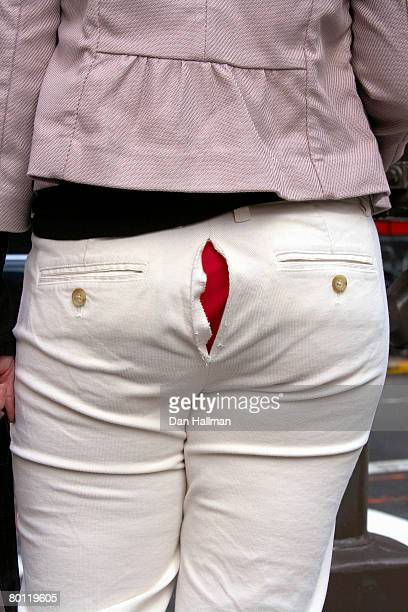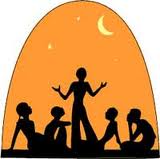Brand Tacticians.
Stuart Elliott did a great and interesting article in The New York Times today on Nike. He points out the difficulty they’re having staying more relevant in the footwear category. The oft-quoted Allan Adamson of Landor, a NY brand consultancy, suggested “The bigger the brand, the harder it is to stay trendy and current. It’s hard to be cutting edge when you are established.” And Davide Grasso, VP for global brand management at Nike added “As we continue to grow in size, it’s important we stay connected. If you take away the toys and the noise, it’s all about having a relationship.”
What both of the gentlemen are not talking about is the brand itself. Mr. Adamson wants Nike to stay trendy. A tight brand plan would have the company create what is trendy. And Mr. Grasso talks about the consumer relationship. Every pizza parlor, dentist and global marketer cares about the relationship. This is a tactic.
Red Bull’s sponsorship of Felix Baumgartner parachuting from space is lauded for its 33.5 million YouTube views. Not many talk about the brand strategy of exhilaration – the demonstration of exhilaration – that will live long after click counts.
Nike is a not a string of marketing tactics and ads delivered by Wieden +Kennedy; it’s a brand continuing to carve out a place in consumers’ minds. And closets. Every brand needs a brand plan (one claim, three support planks). Without a plan we deliver and are interviewed about tactics. Yawn. Peace.




